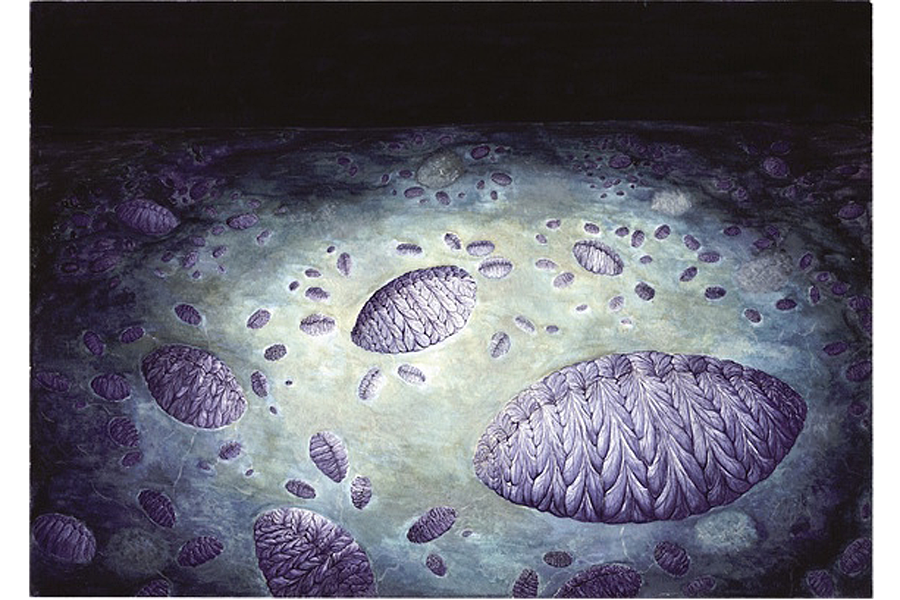How did the first animals reproduce? Mysterious creatures reveal clues
Loading...
Reproduction has been around since the dawn of time – it’s what has kept life on Earth. But many scientists are still in the dark about early procreation. A study published on Monday may answer some of these questions.
A new study by researchers at the University of Cambridge delves into the reproduction methods of what many believe to be the oldest complex organisms on Earth. According to the research, the organisms known as “rangeomorphs” lived 565 million years ago and looked similar to modern-day ferns. They thrived in the oceans and could reach up to two meters in length, although most were around 10 centimeters long. They did not appear to have mouths, organs, or means of moving, and probably absorbed nutrients from the water around them.
Then how was it possible for them to reproduce?
Researchers say the organisms adopted a “divide and conquer” type system that included two parts.
The organisms formed a kind of colony, beginning with "grandparents" and expanding into generations of offspring. It’s likely that the "grandparents" were born from ejected waterborne seeds or spores. Scientists are still unsure if this was sexual or asexual in nature. While "parents" and their offspring grew from "runners" sent out by the older generation, like strawberry plants.
“Reproduction in this way made rangeomorphs highly successful, since they could both colonize new areas and rapidly spread once they got there,” said Emily Mitchell, lead author of the study, in a statement. “The capacity of these organisms to switch between two distinct modes of reproduction shows just how sophisticated their underlying biology was, which is remarkable at a point in time when most other forms of life were incredibly simple.”
But scientists still don’t know if the rangeomorphs should be classified as plants or as animals says Jack Matthews, a researcher and part of the team that found the fossils on the Canadian coastline.
“They could possibly be an early animal…. They’re certainly complex, multi-cellular organisms, but whether they are true animals is still something that is very much up for debate,” he told CBC News.
As Dr. Mitchell said, “Rangeomorphs don’t look like anything else in the fossil record, which is why they’re such a mystery. But we’ve developed a whole new way of looking at them, which has helped us understand them a lot better – most interestingly, how they reproduced.”








